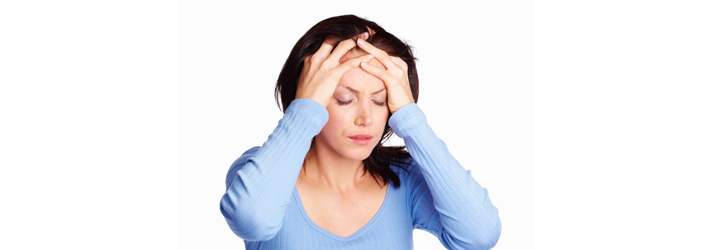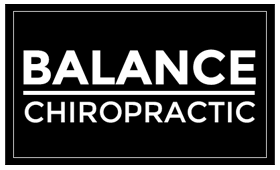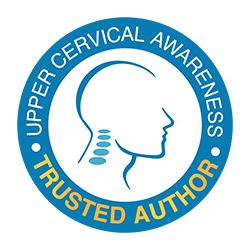Treating Meniere's Disease in Colorado Springs CO

Here are questions people with Meniere’s Disease might ask themselves:
Does your vision glitch by simply getting in or out of bed?
Does stabbing pain in your head and ears keep you up all night?
Does it feel like airplanes constantly taking off around you?
If this sounds familiar you may have been diagnosed with Meniere’s Disease. Meniere’s disease is generally characterized by vertigo, nausea, loss of balance, pressure in the ears, tinnitus (ringing in the ears), and head pain (headaches or vestibular migraines). For most patients, it is typically present in just one ear but can affect both.
Traditional treatments for Meniere’s disease in Colorado Springs CO usually involve a combination of medications that address each symptom present with the patient. Oftentimes patients are told that medication will help ease the pain, but that their disease will likely be a lifelong struggle with bouts of intense symptomatic flare-ups and times of symptomatic regression.
Treating Meniere's Disease in Colorado Springs CO
When talking to patients about Meniere’s disease in Colorado Springs, many are aware of the dysfunction within the inner ear – the part of the body known as the vestibular system. Most physicians diagnose Meniere’s in this manner, looking to only this area of the body as the culprit. The reality is that there is no specific or objective test that can undoubtedly diagnose a patient with the disease and instead, is diagnosed based upon their presentation of symptoms.
The major piece that is often left out of the Meniere’s disease puzzle is the structural factors that can affect the various balance centers controlled by the central nervous system.
The most common part of the ear treated for symptoms of dizziness is something called the semi-circular canals located in the inner ear. These canals contain fluid, and hair follicles that house small calcium crystals called otoliths. When your head turns the fluid moves through the different canals depending on the direction of movement – stimulating the hair follicles. As the fluid moves through each respective canal, the follicles stimulate an electrical reaction that feeds the brain information about where your body and head are in space. This is how your body maintains equilibrium. For several possible reasons – the otolith crystals may be dislodged from their appropriate position in the hair-like follicles and get trapped in the semicircular canals. When this happens, the abnormal position of the crystals and the change of fluid flow around them feeds abnormal signals into the brain. This misinformation disables the brain to accurately perceive where it is in space leading to symptoms of dizziness, loss of balance, and a sensation where what you see is spinning or rocking beneath you.
The Epley Maneuver Can Help Dizziness From BPPV
Most of the time the crystals may dissolve, or a treatment called the Epley Maneuver will help relocate the crystals to their appropriate position. This treatment is typically done by a physical therapist or sports medicine doctors and can be a successful way of treating dizziness associated with Meniere’s IF the dizziness is truly coming from the dislodging of crystals – a condition known as BPPV. If this maneuver doesn’t work, or a patient experiences vertigo for greater than 14 days, there is likely a different cause for the dizziness associated with Meniere’s disease.
So, what else could be causing the dizziness in Meniere’s Disease? Unlike the traditional idea that the entire vestibular system is simply controlled by only the inner ear, the reality is that input from a combination of different parts of the body like the ears, eyes, and even your neck play a critical role in the integration of the vestibular system.
The key component that coordinates these various inputs to the brain is a unique part of the central nervous system that sits inside the spinal cord. This bundle of electrical wires (nerves) is called the vestibular nucleus. This collection of electrical information coming from the eyes, ears, and tissues of the body passes through one central part of the nervous system. The brain stem – which connects the spinal cord to the brain at the base of the skull where the neck meets the head.
Whiplash and Trauma To The Head Can Be Addressed with Foundational Correction Chiropractic
One of the key historical factors that patients have in common before their symptoms of Meniere’s disease is head trauma and whiplash. A case series of patients performed by Dr. Burcon in Grand Rapids Michigan found that of out 725 consecutive Meniere’s patients, all had a historical occurrence of neck trauma associated with whiplash.
To understand the correlation between whiplash, the vestibular system, and Meniere’s disease it is easiest to first understand the when whiplash or head injuries happen, they will almost always affect the upper neck the most. The reason that these injuries hurt the upper neck (the region closest to the brain stem) the most is because of the spine’s unique anatomy. Unlike the anatomy of the bottom 22 vertebrae of the spine which are constructed for minimal movement and lots of stability, the anatomy of the upper neck is built for lots of motion (keeping your head on swivel) and as a result has much less stability. When a chain is broken, is it usually the strongest and most resilient chain that fractures – or is it the weakest link of the chain? Just like the chain – when external traumatic forces are sent through the spine they typically injure the least stable area.
When the upper bones in the spine shift beneath the weight of the heavy skull – it is a lot like the foundation of a house shifting or sinking on one side. This misalignment will cause secondary conditions in the various balance centers of the body because of the upper necks’ proximity to the brainstem. An injury to the head or neck can create a cascade of dysfunctions including disruption of proper cerebrospinal fluid flow, faulty electrical communication between the brain and body, blood flow restriction, and a backup of waste drainage due to the atlas (the first bone in the spine) shifting out of normal range. Often time people lose hope going from medication to medication chasing their symptoms for Meniere’s disease, with no idea that the solution may actually be in the neck.
At Balance Chiropractic the focus is on addressing these injuries with Foundational Correction using a technique known as NUCCA (National Upper Cervical Chiropractic Association). This painless form of care (no popping, twisting, or cracking) involves taking four objective measurements to first qualify a patient as a candidate for NUCCA and then repeating those metrics throughout the correctional process for reproducible, lasting results.
If you or someone you know is suffering from Meniere’s Disease in Colorado Springs, our doctors may have an answer. A complimentary consultation – a simple conversation with a Balance Chiropractic team member – may uncover the missing link between Meniere’s and the head-neck junction.
To learn more about Foundational Correction in Colorado Springs call (719) 265-0115 to schedule your complimentary consultation today.
OFFICE HOURS
Monday
8:00am - 11:00am
3:00pm - 6:00pm
Tuesday
2:00pm - 6:00pm
Wednesday
8:00am - 11:00pm
3:00pm - 6:00pm
Thursday
8:00am - 11:00pm
3:00pm - 6:00pm
Friday
Closed
Saturday & Sunday
Closed

Balance Chiropractic
15 Spectrum Loop Suite 110
Colorado Springs, CO 80921




